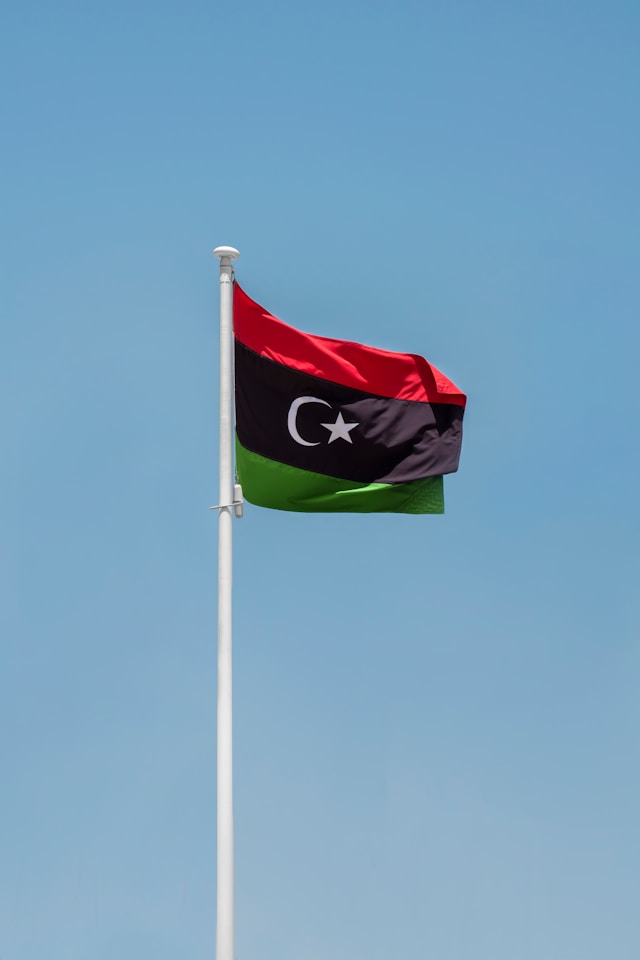Libya, once a major player in global oil markets, faces challenges in realizing its oil potential due to a tumultuous history characterized by political instability, sanctions, and civil unrest. At its zenith in 1970, Libya produced nearly 3.4 million barrels per day (mb/d), ranking as the second-largest Arab oil producer. However, more than half a century later, its current production is only 32 percent of that peak, placing it 18th globally. Libya aspires to achieve an output of 2 million barrels per day by 2030, aiming to rebound from setbacks caused by political and governance issues.
Libya's proven oil reserves have doubled in the last 40 years, making it Africa's largest holder of such reserves. Despite this potential, political and governance challenges have hindered the country's ability to capitalize on its oil wealth. Oil constitutes 98 percent of government revenues and 60 percent of GDP, making the economy vulnerable to fluctuations in the sector.
The country's volatile history, marked by international isolation, sanctions, and internal conflicts, has deterred oil-sector investors. Ongoing political divisions with rival governments, one based in Tripoli and the other in eastern Libya, further complicate the situation. The geographical distribution of oil production facilities aligns with the political divide, with key terminals under different authorities.
Although Libya's oil reserves could last nearly 340 years at current production levels, the lack of investment and a unified government poses a threat to its potential. Libya's influence on global oil markets has dwindled, with its market share decreasing from 7 percent in 1970 to 1.2 percent in 2022.
While Libya remains an oil exporter, particularly to Europe, the country's political and security risks, coupled with poor governance, present significant challenges for international oil companies. Efforts to attract investors, including a planned oil and gas licensing round in 2024, will require addressing these above-ground risks. The return of international oil companies could support production growth, but hitting the ambitious 2 million barrels per day target by 2030 remains uncertain. The International Energy Agency (IEA) anticipates modest growth, reaching 1.2 million barrels per day by 2028, highlighting the need for improved governance and stability for Libya to capitalize on its significant oil reserves, especially as the energy transition accelerates.





